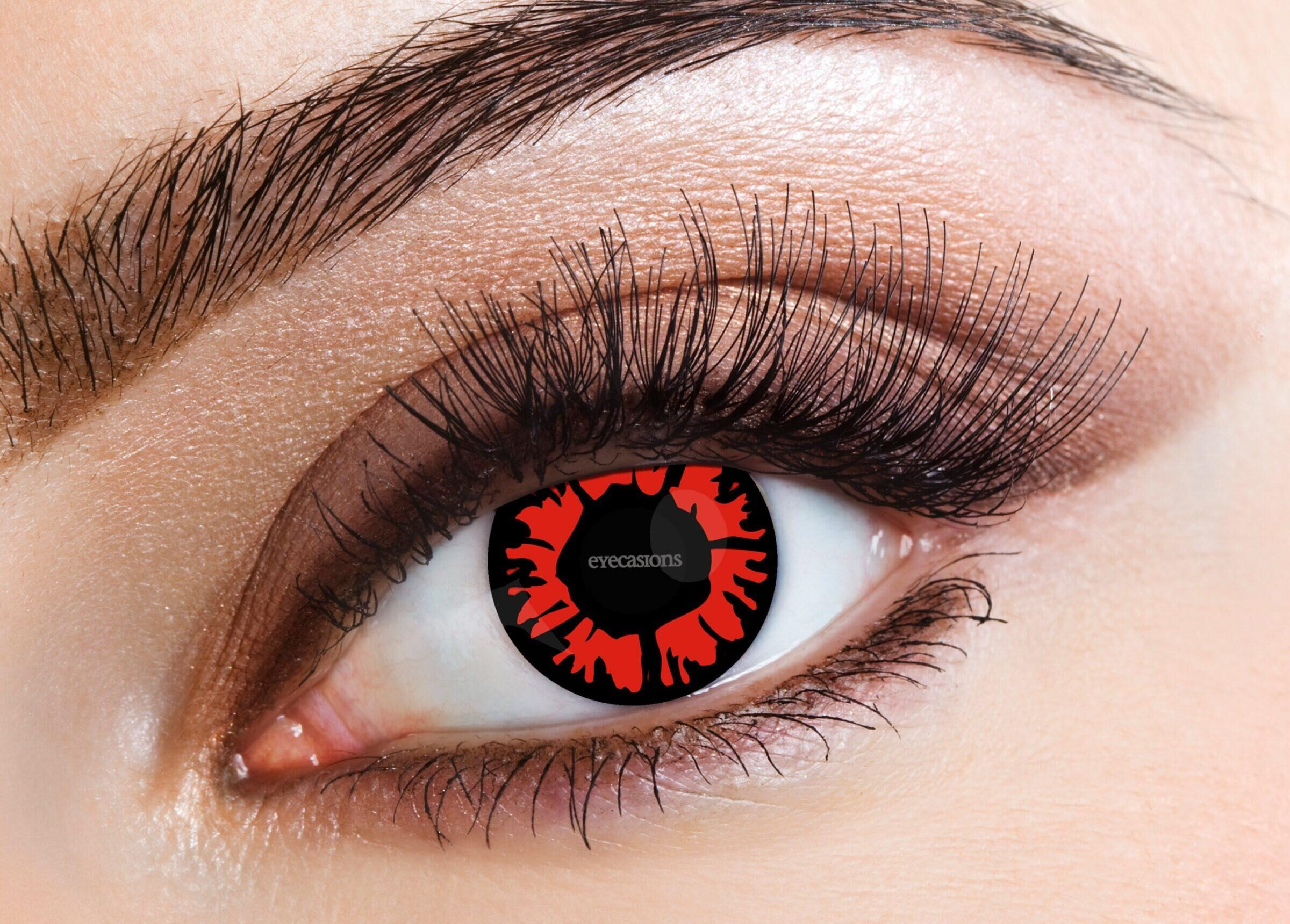In the diverse realm of smoking accessories, the bong stands tall as a popular and iconic implement. Combining art, science, and culture, bongs offer a unique smoking experience that has garnered an enthusiastic following across generations. This article delves into the fascinating world of bongs, tracing their history, evolution, and contemporary relevance.
Historical Roots:
Bongs, or water pipes, have ancient origins, with evidence suggesting their use in various cultures over millennia. The term ‘bong’ is derived from the Thai word ‘baung’, which refers to a cylindrical wooden tube or pipe. Historical records and archeological finds indicate that ancient cultures in Asia and Africa used early versions of the bong for ritualistic and recreational purposes, demonstrating the long-standing connection between humans and this distinctive smoking apparatus.
The Science Behind the Smoke:
Bongs operate on a straightforward principle: using water as a filtration system. When smoke is drawn through the water, it cools down, making the inhalation smoother. Additionally, water helps filter out some of the particulates and toxins present in the smoke, leading to a cleaner and purer inhalation. This combination of cooling and filtering is why many enthusiasts prefer bongs over other smoking methods.
Types of Bongs:
Bongs have evolved in design and material over the years, giving rise to various types:
- Glass Bongs: The most popular type, glass bongs are celebrated for their clarity, allowing users to observe the bubbling action. They can range from simple designs to intricate art pieces, often handmade by skilled artisans.
- Ceramic Bongs: Typically heavier and sturdier than their glass counterparts, ceramic bongs come in unique shapes and colors. They’re often chosen more for artistic value than functionality.
- Bamboo Bongs: A nod to the traditional ‘baung’, bamboo bongs are natural, eco-friendly, and long-lasting. Their organic aesthetic appeals to many purists.
- Metal Bongs: Durable and unbreakable, metal bongs are practical but less popular due to concerns about altering the smoke’s taste.
- Silicone Bongs: A recent entrant in the bong world, silicone bongs are virtually indestructible, flexible, and perfect for those on the go.
Bong Anatomy:
Understanding the primary components of a bong enhances the smoking experience:
– Bowl: This is where the dried herb is placed and ignited.
– Carb (Carburetor): A small hole that allows the user to clear the smoke from the bong’s chamber.
– Downstem: A tube that allows the smoke to travel from the bowl to the base, where it percolates through the water.
– Base: The bottom of the bong, it can have various shapes and contains the water for filtration.
– Tube: After passing through the water, the smoke ascends through the tube and into the smoker’s lungs.




